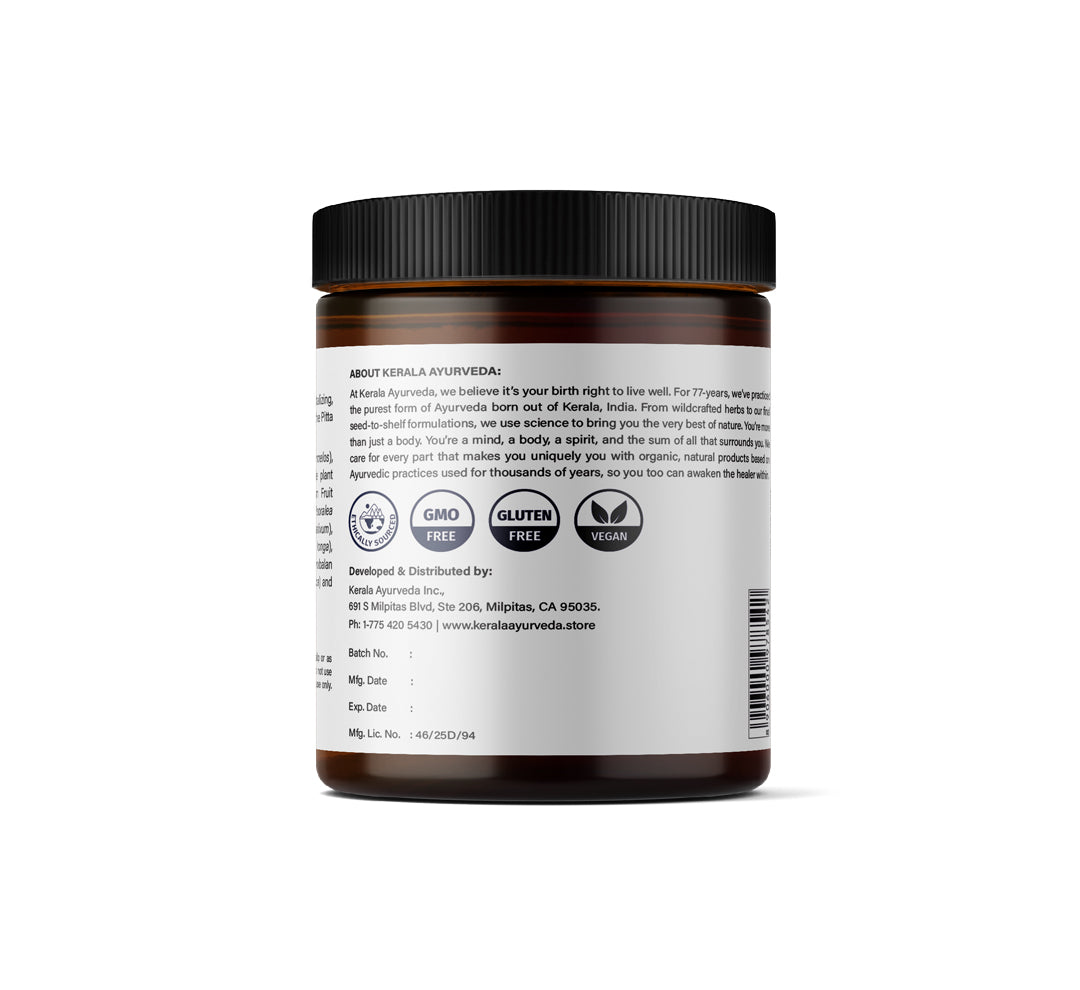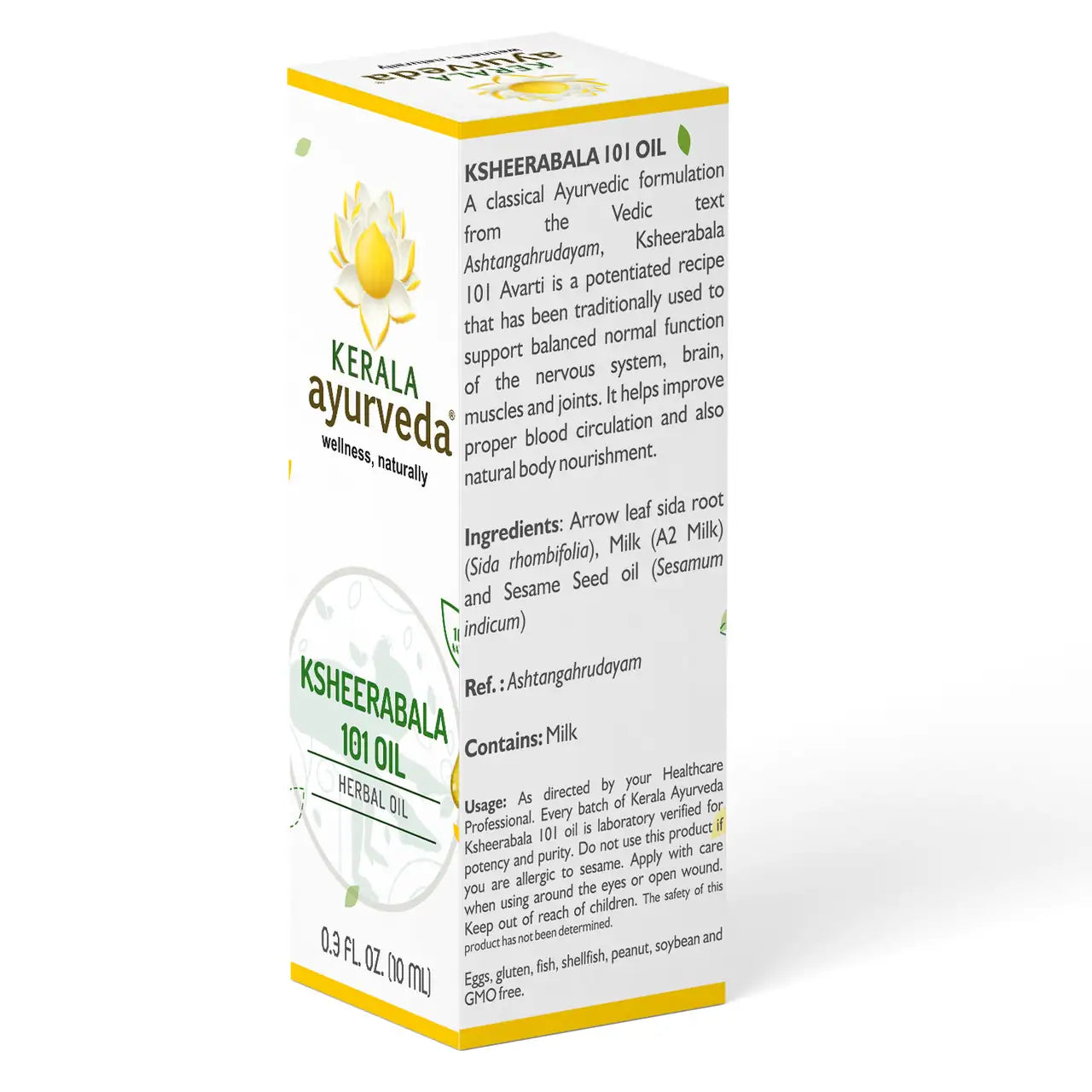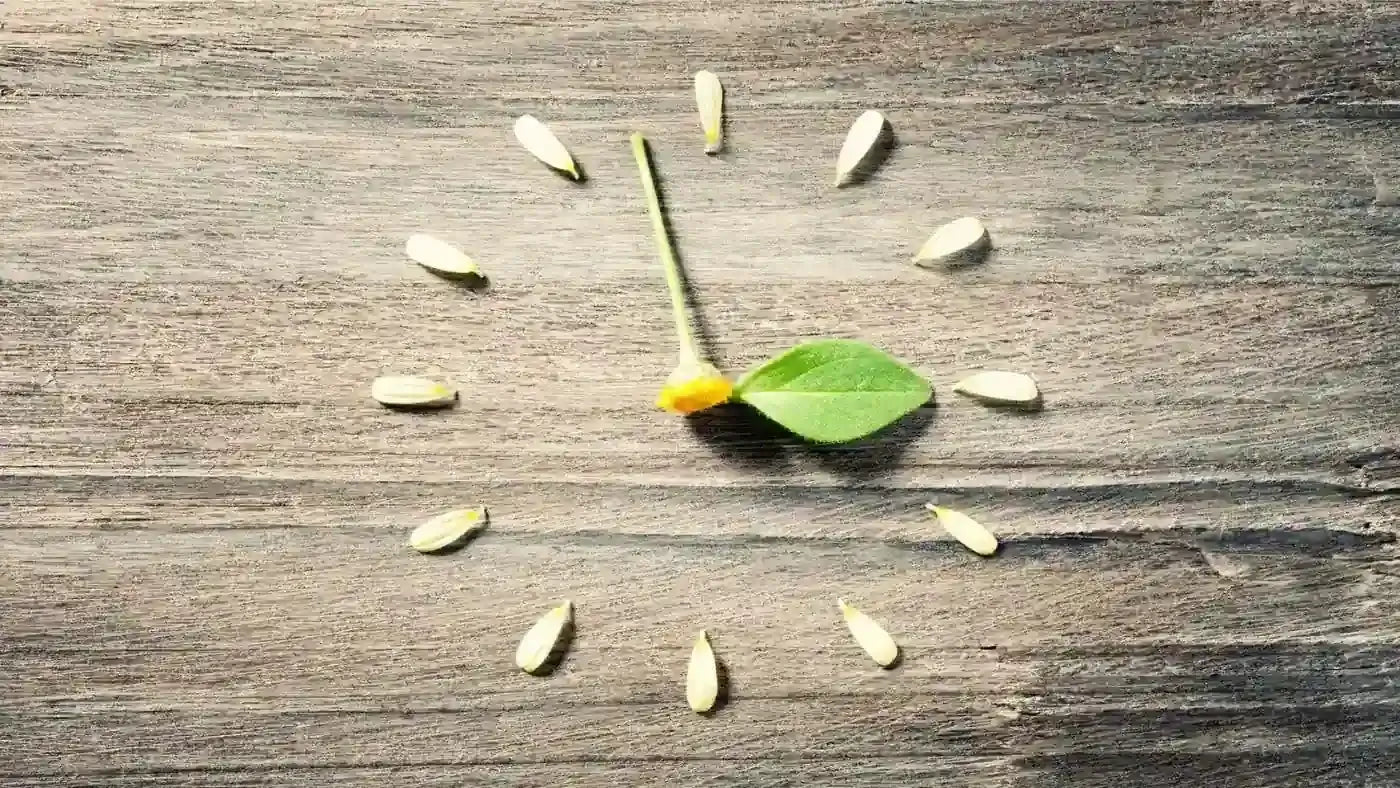Highlights
Daylight Savings Time (DST), at least for now, means shifting the clock back one hour in the fall and one hour forward in the spring, a practice implemented in the early 1900s that can leave people struggling to adjust to seasonal time changes.
While it might seem surprising that just one hour can significantly impact your internal clock or circadian rhythm, the effects of turning back time or springing forward can throw both mind and body out of balance. Making some simple adjustments to your daily routine can help you stay in sync.
The Impact of Daylight Savings Time on Your Body
Turns out, DST may be bad for your health. Studies show the twice-annual changing of the clocks comes with a list of negative health consequences, impacting everything from sleep cycles to heart health. A growing body of research links DST to health conditions such as seasonal depression, sleep deprivation, increased risk of stroke, and immune disorders.
These negative effects have led to a nationwide movement to eliminate DST so that no one has to spring forward or fall back. In the meantime, the best way to prepare for Daylight Savings Time is to help your internal clock stay aligned with nature’s rhythms. With a few adjustments to your daily routine, you can help maintain healthy sleep cycles and minimize the impact DST has on your mental health, immunity, and even your metabolism.
Adjust to the Time Change with Simple Habits
Simple habits are the foundation of a healthy daily routine. After all, the simpler the habit, the better chance you have of maintaining it, especially during times of transition.
First, there’s no need to put a lot of emphasis on adjusting quickly to time changes. You’ll find your body will adapt best to small, incremental changes and will signal when you need more or less of something.
For example, the simple practice of putting away digital screens an hour or two before bed lets your body know at the same time every night that it’s time to sleep. Small steps like this can facilitate healthy daytime and nighttime routines and keep your body’s internal clock in sync with nature so you can feel your best.
Listen to Your Body’s Internal Clock
Adjusting our activities to the sun’s schedule isn’t a new concept, but that doesn’t mean the transition to time changes is easy, especially in the spring when we lose an hour a day.
Ayurveda considers nature a mirror of our being, which cues the circadian rhythm of all living things. Animals, humans, plants, and all forms of life have a circadian rhythm that signals what time of day it is. This is our biological clock, which can sometimes get disrupted.
Wondering what time you should go to bed, eat, or wake up during DST transitions? Follow Mother Nature’s lead and a few Ayurvedic guides & tips while your internal clock resets.
Disconnect from Screens Before Bed
Blue light is one of the biggest culprits of insomnia and nighttime restlessness and can throw circadian rhythms out of balance. Exposure to blue light, emitted from screens all over the house and our favorite devices like tablets, e-readers, cell phones, televisions, and computers all affect the brain’s production of melatonin.
Melatonin is the natural hormone produced by the body governed by the circadian rhythm that signals it’s time to go to sleep. The production of melatonin makes you feel sleepy. Unfortunately, blue light blocks melatonin production,
Have you ever fallen asleep looking at a screen? It’s not that blue light prevents sleep altogether of course, but in addition to interrupting healthy sleep cycles, the light also boosts brain waves that make us alert, causing people to unintentionally stay up later.
The best way to feel rested in the morning is to disconnect from screens and reduce blue light exposure a couple of hours before bed so your body can begin producing sleep hormones naturally.

Practice Meditation and Pranayama
Meditation can be practiced in many ways. Some people prefer to meditate using particular methods, like repeating mantras or even walking, while others are happy to simply sit and breathe. There’s no right or wrong way to meditate and it's important to remember you will always benefit from any intention to calm your mind.
Meditation and simple breathing techniques are great ways to settle the mind and wind down at night before bed. This will signal your body it’s time to prepare for sleep.
Furthermore, Pranayama, or breathwork is a complementary practice to every Ayurvedic routine, morning and night, and part of a healing system that dates back to the Vedas. Pranayama originates from yogic practices in India and is the bridge that connects mind and body.
There are many different types of Pranayama or conscious breathing that can be used to control breathing and balance the doshas. Forms of breathwork like Alternate Nostril Breathing or the simple Three part of Breath are wonderful to help soothe the nervous system and calm the mind before sleep.
Create a Healthy Sleep Environment
Does your bedroom environment support a calm and relaxing space that makes it easy to fall asleep and stay asleep? Creating a healthy sleep environment is key to adjusting to time changes, as it promotes feelings of relaxation and restfulness. When you create a peaceful environment, it influences your mind and body, signaling it’s time to go to sleep.
It’s easy to create a healthy sleep environment. Minimize distractions that may leave you lying awake at night, unplug and remove noisy devices from the bedroom, sleep in a cool room, and make your best efforts to keep your bedroom clutter-free.
Maintaining a consistent bedtime is key to sleep hygiene. You can support your body to adjust to DST shifts by going to bed 15 minutes earlier a couple of nights in a row ahead of the spring-forward time change and 15 minutes later leading up to the fallback transition.
Be sure to get outside in the daytime. Studies show that morning sun exposure helps reset circadian rhythms!
Mealtimes
Your body is used to eating at certain times throughout the day. It becomes routine, which helps regulate your metabolism according to your internal biological clock or circadian rhythm.
When DST comes around, many people adjust mealtimes to the clock, rather than their metabolism. This can throw your metabolism out of whack, which can negatively impact your mood and appetite, leading to a host of problems until your body adjusts to the new time.
Instead of suddenly adjusting mealtimes to your watch, keep the routine your body is used to.
If you normally eat dinner at 6 PM, gradually move this mealtime back in small increments over a few days until you are eating an hour earlier at 5 PM. This way, your body will already be adjusted to the new 6 PM when it’s time to change the clocks.
Allow Your Routine to Change with the Seasons
Ayurveda teaches that routines should always change with the seasons to keep the doshas in balance and support optimal health and gives us many tools to flow with the seasons.
So much of Ayurveda is intuitive. We naturally slow down when the weather gets colder in the winter, the same way we burn bright with tons of energy in the heat of summer. There are many subtle and conspicuous changes that happen around us during seasonal transition. The interseasonal period (last seven days of previous season and first seven days of the new season) is called Ritu Sandhi. It is important to slowly transition from the previous seasonal regimen to the new one during this period. Failure to do so disrupts homeostasis and will make us more susceptible to diseases. Sage Sharangadhara calls this period ‘Yama damshtra’, the fangs of Yama (God of death). Interestingly, many studies have shown an increase in all-cause mortality during the DST transition period. This is why substantial importance is given to daily and seasonal routines (Ritucharya and Dinacharya) in Ayurveda.
Stay in sync with the seasons by winding down as the sun sets and waking as the sun rises. Beware of burning the midnight oil during DST changes when you may be tempted to stay up later. This can lead to difficulty getting up in the morning and sleeping in, which can cause Kapha imbalances, especially when the heavy, slow qualities of Kapha govern the season of late winter and spring.
Overexposure to electric lights and devices along with DST changes to the clock can disrupt our natural biorhythms, making it difficult to adjust our routine to the seasons.
Ayurvedic traditional seasonal cleanses are another great way to minimize the impact of seasonal transitions.
Try Abhyanga to Relax and Promote Sleep
Abhyanga is the practice of self-massage with Ayurvedic oils that are tailored to your dosha and the season. Performed in the morning, it can improve circulation and invigorate the mind and body to prepare you for the day ahead.
At night, Abhyanga is an excellent part of a healthy bedtime routine that will support restful sleep. It is an essential component of any self-care routine that helps eliminate the stresses of the day, allowing you to wind down peacefully.
Over time, you’ll notice it will signal your body to prepare for sleep and you’ll begin feeling tired. Just like the habit of reading before bed or drinking a cup of warm herbal tea can be a cue to sleep, a little massage oil on the soles of your feet and crown of your head can complement nighttime routines for the whole family.
Internal Clock Feeling Off? Spend More Time in the Sun
Have you ever been surprised by how late or early it is in the day when you glance at the clock? That may be a sign your internal clock is out of sync, something many people experience during Daylight Savings Time changes.
The best way to reset your internal clock? Get outdoors and spend time in the sun, which governs circadian rhythms, helping you feel more alert during the day and sleepy at night. Sunlight reminds your body what time of day it is–plus it’s great for your mood!








































